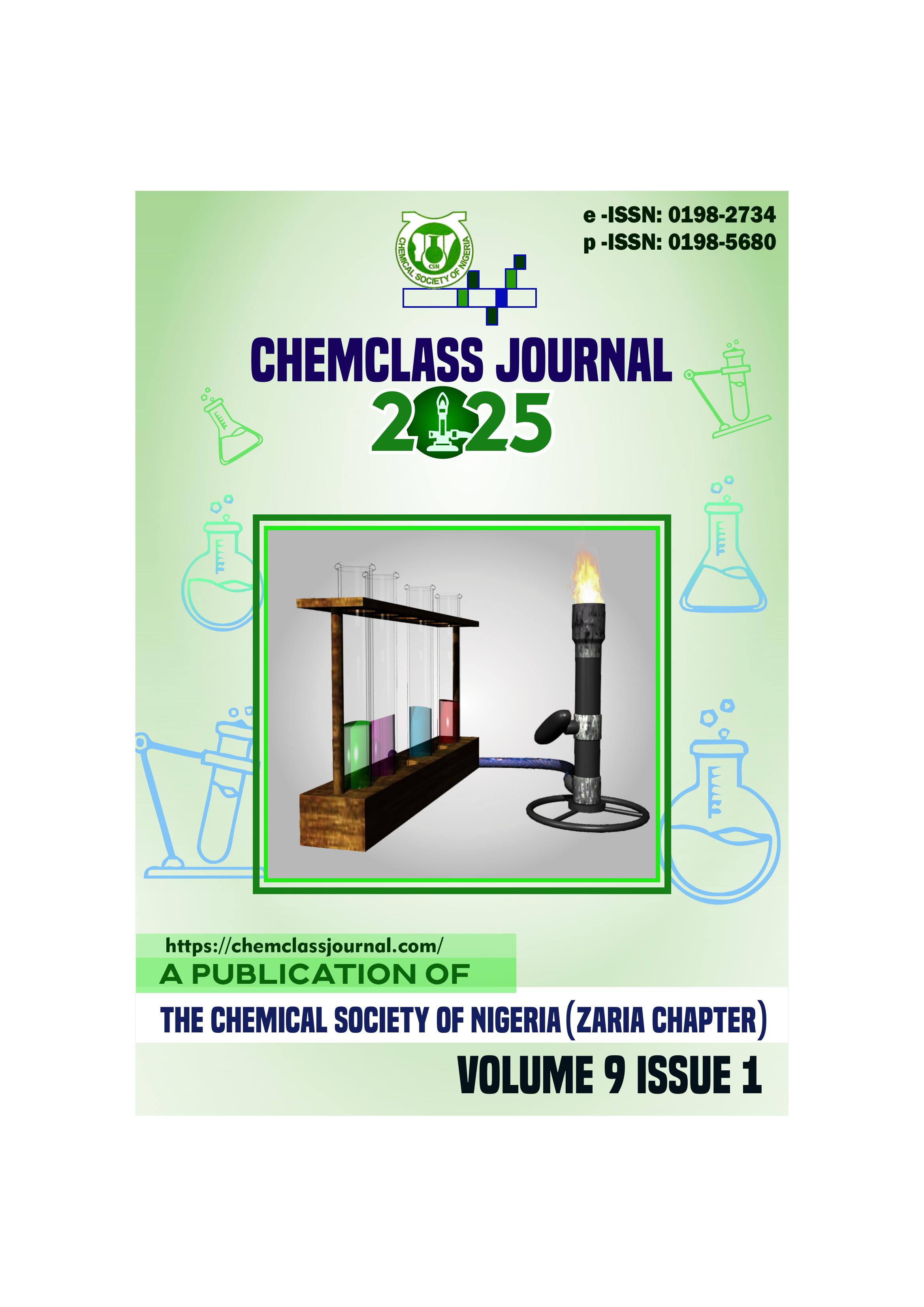Effects of the Leachates of Essential and Non - Essential Inorganic Materials From Mined Clay Deposits and Landfills On the Environment: A Review
DOI:
https://doi.org/10.33003/Keywords:
Clay deposit, environment , inorganic materials, leachate , mineral elements , pollutionAbstract
This study is designed to review studies on the effects of leaching from mined clay deposits and landfills
on the environment. Thus, literature report showed that inorganic minerals such as goethite (FeO.OH),
hematite (Fe2O3), kaolinite (Al2Si2O5(OH)4, Montmorillonite (Si12O30Mg8(OH)4(H2O4×8H2O), the heavy
metals, including arsenic, cadmium, lead and their complexes are regarded as indicators; which makes it
possible to identify the routes of various minerals and contaminants in the environments. This is because
they can be distributed over far distances and get settled far away from their original source of deposits
through diverse means, including leaching by rain and streams. However, from reviewed articles, it was
observed that leaching of toxic substances such as arsenic, lead, cadmium, mercury, industrial dyes,
agrochemicals etc into the ecosystem enhances environmental problems; because they will percolate into
the ground and cause severe pollution of the environment; since clay soil is susceptible to alterations in
physical and chemical properties when contaminated with leachates, hence, preventing the biochemical
processes of lives in that environment when get absorbed.





 ChemClass Journal
ChemClass Journal
